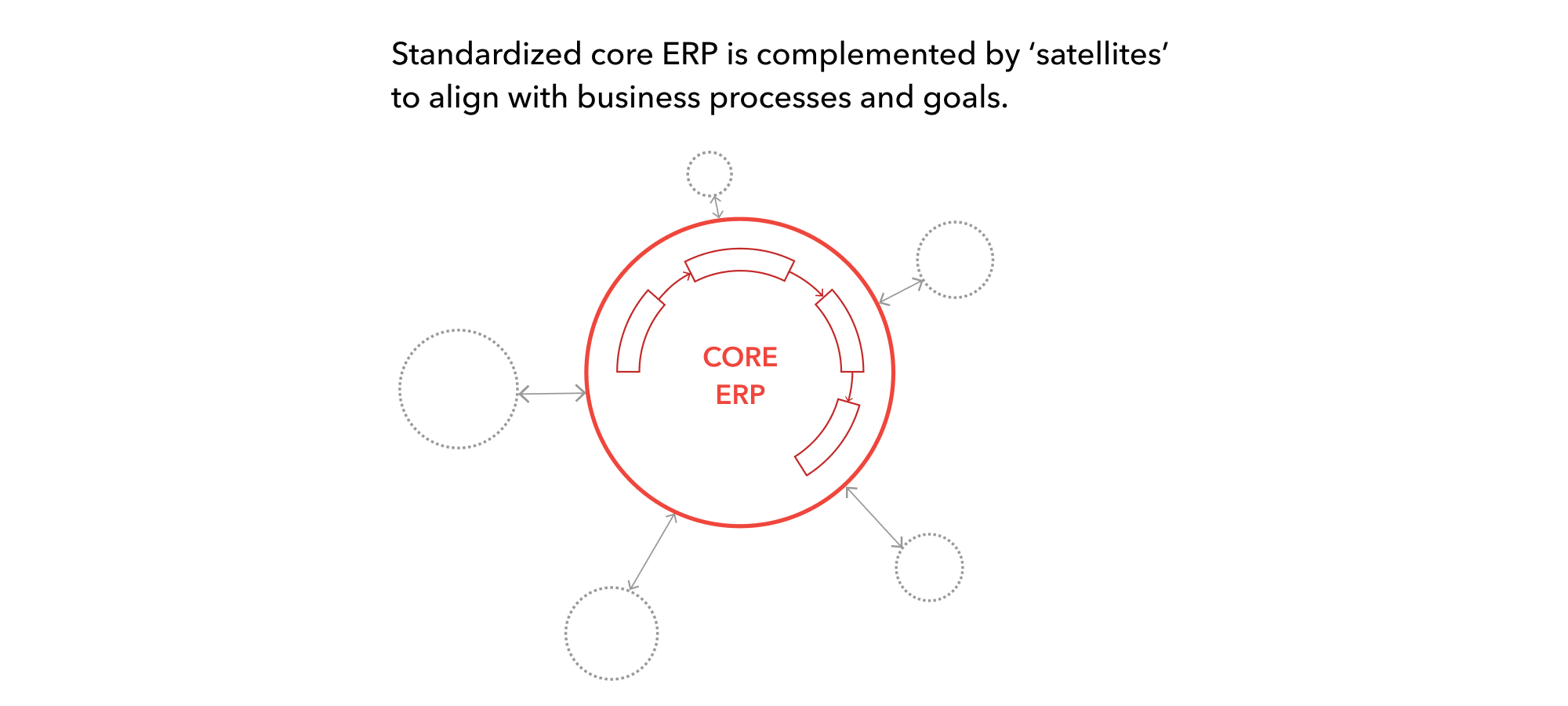/Topstory1-CIO-March2020-Website-720x360-(1).webp?mode=autocrop&w=320&h=320&attachmenthistoryguid=a47fb81b-aa0d-4d1d-a342-052973c71230&v=&focusX=402&focusY=166&c=01c2260888bdb68e27ad8230f640b1fd3c52e5296e59a1c6511c54f25dc456bd)
Enhance your ERP: creating the right constellation for your business
- IT
- operations
- SAP
- intelligent apps
ERP systems are indispensable for the modern business: they facilitate the exchange of data, optimize processes and make it possible to adapt to a changing environment. In recent years, the ERP landscape itself has changed quite a bit as well, with cloud ERP, next-gen ERP and no-code development competing for attention. But what’s the bigger picture here, and how can businesses better align their ERP systems with their goals? delaware partners and ERP experts Steven Lenaerts and Folker Lamote bring some much-needed clarity.
